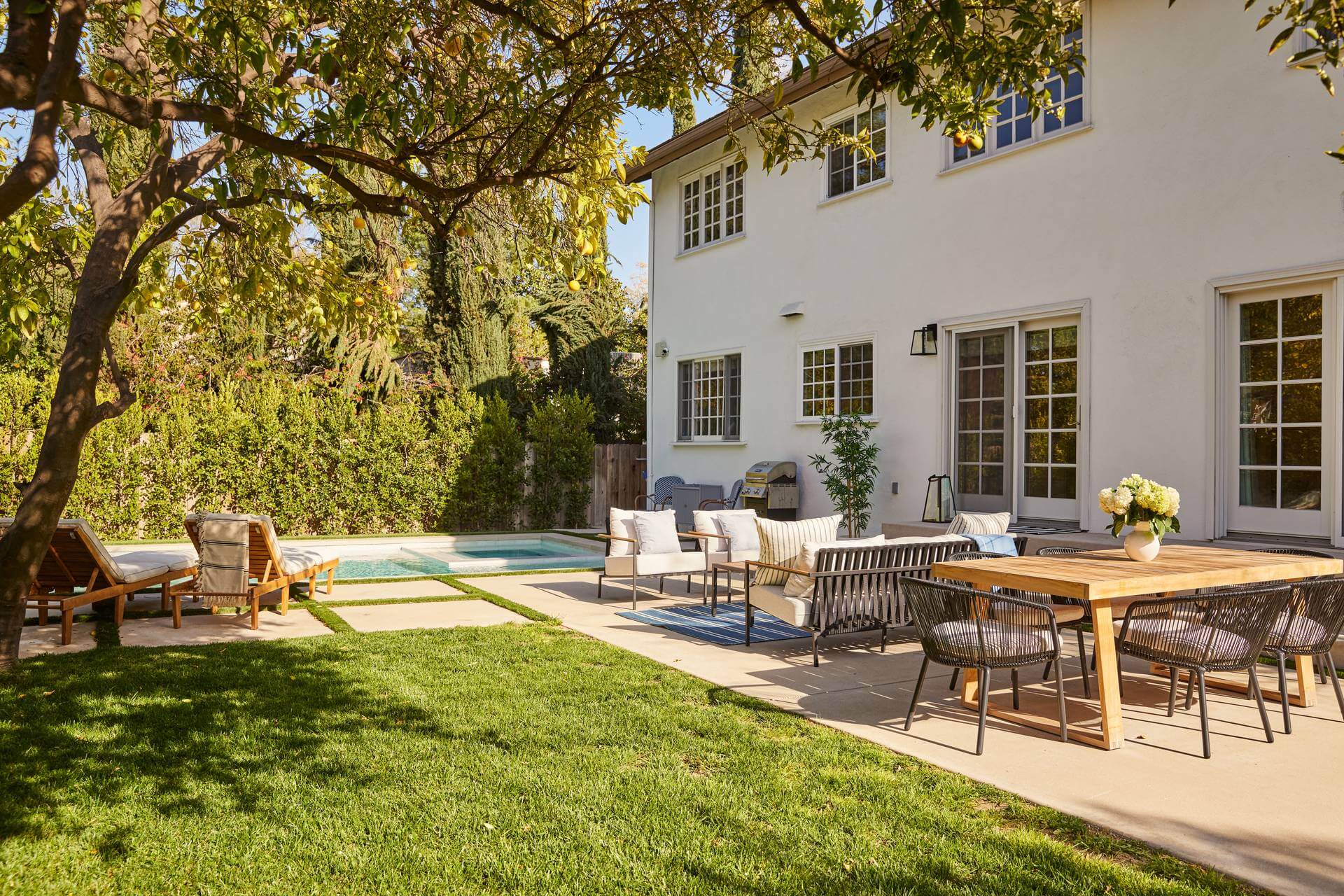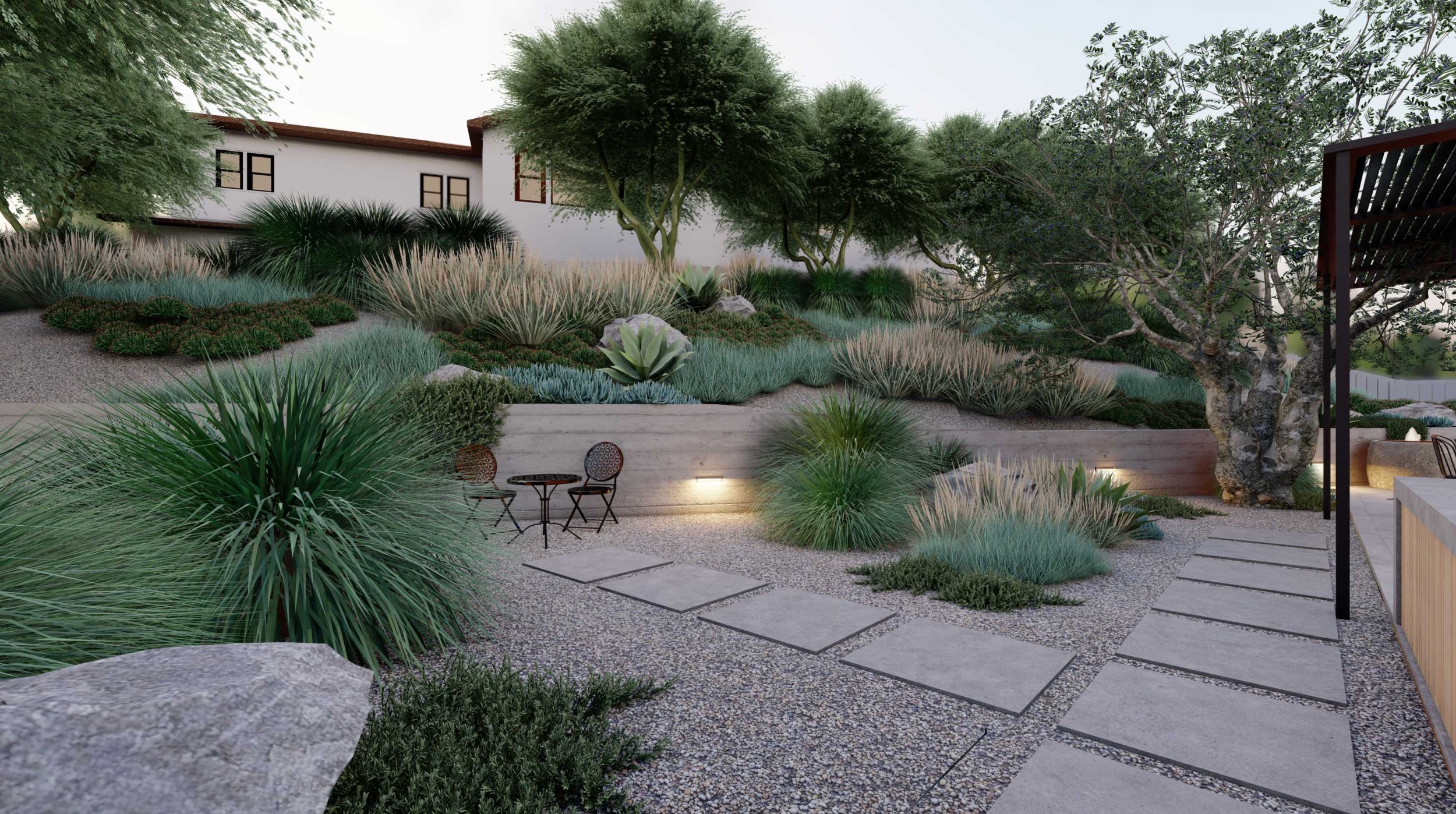Things about Landscapers
Things about Landscapers
Blog Article
The Greatest Guide To Landscapers
Table of ContentsThe 20-Second Trick For LandscapersSome Ideas on Landscapers You Should KnowThe 2-Minute Rule for LandscapersThe Only Guide to LandscapersOur Landscapers DiariesAn Unbiased View of Landscapers
- A yard attribute where water is stood for by an accumulated stone product, typically a gravel or granite.- A stone or natural flagstone patio area, path, or sidewalk constructed without a concrete base.- A stone preserving or complimentary standing wall built without the use of mortar. - An underground framework that accumulate water and allows it to slow down percolate right into the soil around it.
Landscape layout that is compatible with a websites' environment in both look and sustainability without negative influences to the atmosphere. Interrupting the landscape is a line of demarcation that creates visual rate of interest in the yard by separating one segment from one more segment. This can be aesthetic or useful, maintaining one aspect (such as pea gravel) from getting mixed into an additional (like bark dirt).
Locations can also have a feeling of "room" supplied by trees, various other plantings, fences, or displays. The landscape near the entrance to a building. A tree, shrub or vine, educated to grow on a wall surface or fencing into a certain pattern. Particularly useful for fruit trees, making it very easy to collect the fruit and consisting of mess.
All About Landscapers

The element in a landscape layout or area in a landscape that is meant to be most popular. The focal factor can be a plant, boulder, sculpture, collecting room, or other landscape attribute.

The Main Principles Of Landscapers
Low plants that are enabled or motivated to spread over an area. Can refer to any "hard" garden elements including statuary or rocks however most commonly is made use of to refer to courses, patio areas, and walls - Landscapers.: Height distinction in between the level of water in a fish pond (or the level of the pump if it rests outside the pond) and the top electrical outlet of water which influences efficiency of the water pump in gph (gallons per hour).
Fence boards that run flat, often used in modern or Japanese-inspired landscape layouts. Correct use of fictional lines can aid the landscape really feel attached to the home and other elements.
Conventional PNW landscapes are casual. A plant that spreads more than wanted, or right into environments where it does damages.
6 Easy Facts About Landscapers Shown
Smart irrigation controller evaluations and suggestions here. 2-D rendering of the suggested irrigation system. Can consist of head positionings and insurance coverage, pipe sizing, GPM specs, and materials required to mount this system. A watering strategy is generally unnecessary for properties but prevails for industrial projects. Licensed specialist who designs landscapes, schooled in engineering and style along with in cultivation.
Landscape designers commonly have much less schooling than Landscape Architects and are not accredited. A finished landscape design, detailing all aspects for the new landscape.
Using lots of growings of the very same range to load in a location in the landscape. This can lower maintenance and water use in the yard.
A mix of concrete, sand, and water that is used in stone stonework for establishing stones and joints. A layer of compost or bark dust used at the base of a plant. A mass growing of moss. A plant that existed in a geographical Your Domain Name place before individuals began changing the landscape.
Getting My Landscapers To Work
Just how the garden or a garden aspect see post is organized in connection to an existing or new attribute or to an instructions. Yards that are not cut but expanded in landscapes as perennials.

Plants that offer seasonal passion and after that pass away back in the winter months. Cold period yard that is the most usual lawn lawn in Portland, OR and the rest of the PNW.An open roofed framework over an outdoor patio or other landscape feature.
Basalt accumulated ranging in dimension from 1/4" to dust. One of the most usual landscape gravel in the PNW. Area of the landscape made to deal with water up until it can soak right into the ground. A chain that manages water as it takes a trip from a roof gutter to the ground. Yard framework that creates a planting location that is contained and higher than the surrounding grade.
Structure constructed from timber, concrete, paving stones, blocks or various other additional reading materials for supporting inclines and avoiding excessive erosion. Slim gutter. Producing a garden function consisting mainly of rocks with plantings that complement and can thrive in the rocky environment. Lawn sprinkler head style that revolves a stream of water throughout a location.
The Main Principles Of Landscapers

Report this page